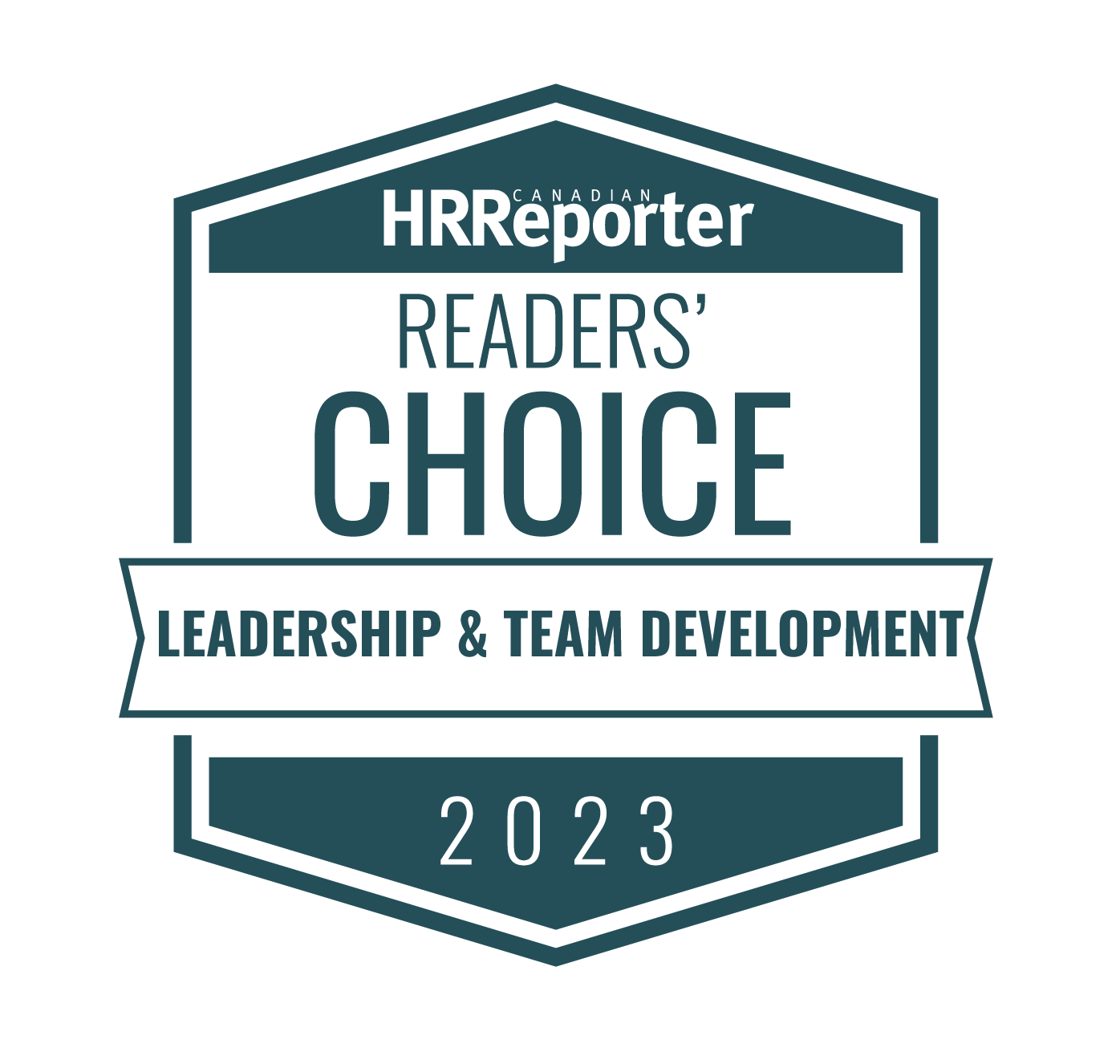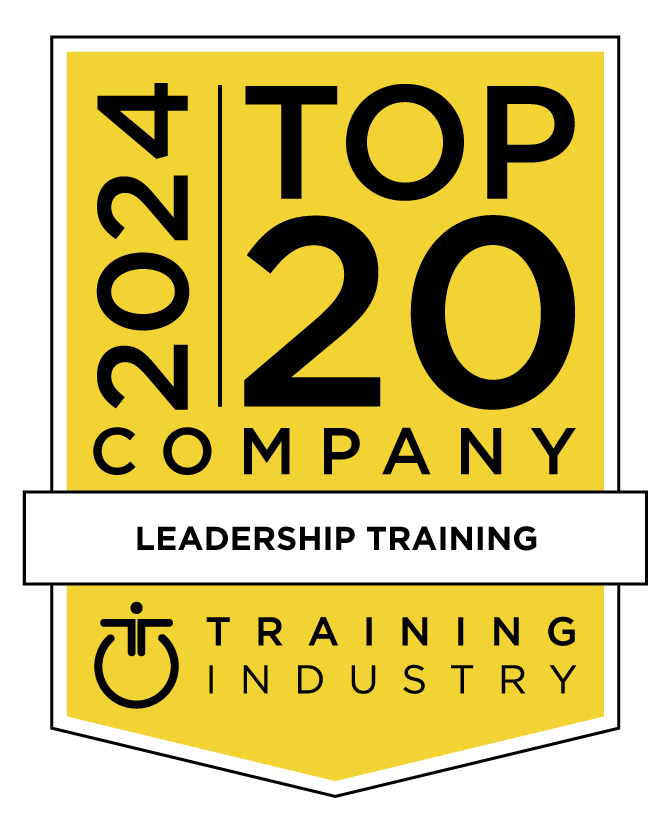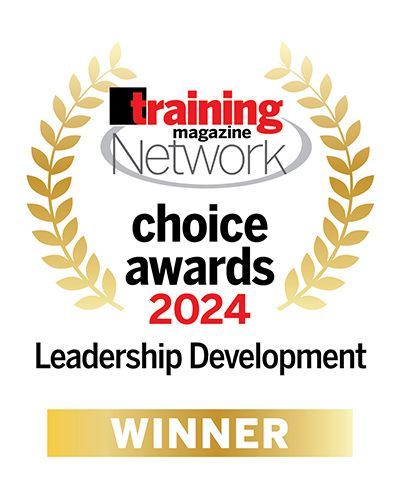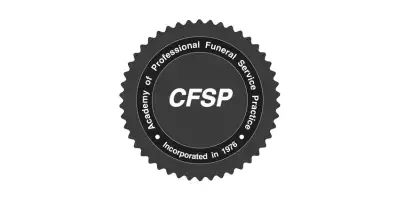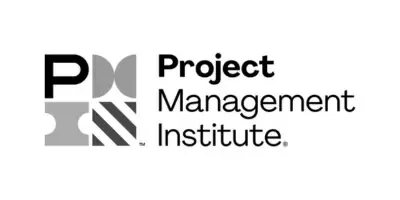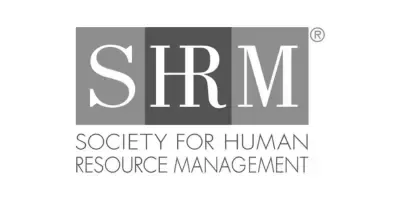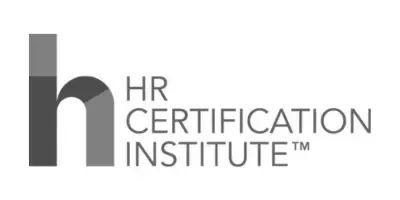Assessing Organizational Readiness for Leadership Development
Launching a leadership development training program is a strategic investment in your organization’s future. However, even the most well-designed programs can fail to deliver impact if the organization isn’t ready to support them. According to Harvard Business Publishing, evaluating both organizational context and learner perspectives is an essential first step before any transformational training initiative.
In this blog, we explore how organizations can effectively assess their readiness for leadership development, ensuring alignment, engagement, and long-term ROI.
Conducting Skills and Culture Audits
Before building any leadership development training program, organizations must begin by identifying their current leadership capabilities and cultural dynamics. A thorough skills and culture audit reveals the leadership gaps that need attention and highlights any structural or behavioral barriers to growth.
Identifying Leadership Gaps
Start by mapping the competencies of current leaders against the organization’s strategic priorities. Are leaders equipped with the skills required to drive innovation, manage complexity, or lead through change? Conducting 360-degree assessments, employee surveys, and performance reviews can provide a comprehensive view.
Tools like the Crestcom 360 Evaluation offer a robust framework for assessing leadership effectiveness through feedback from peers, subordinates, and managers.
Evaluating Cultural Alignment
Culture is a silent but powerful force in leadership success. If your organizational culture resists transparency, agility, or collaboration, your training program must also address these underlying challenges. Culture audits help identify friction points and ensure the program reinforces the values you aim to promote.
Tip: Involve HR leaders and team managers in collecting qualitative data through interviews or focus groups to gather nuanced insights into your leadership culture.
Engaging the Learner Voice in Development
Another critical element of readiness is understanding the needs and perceptions of your future participants. Including the learner voice early in the design process not only builds trust but also improves program relevance and effectiveness.
Demystifying Expectations
Ask potential learners about their expectations, concerns, and current challenges. What are their pain points? Where do they feel underprepared or unsupported? Gathering this data through surveys, listening sessions, or pilot workshops can shape a curriculum that resonates with participants.
When learners see their feedback reflected in the program, engagement and retention improve dramatically. This approach also helps manage resistance by clarifying the "why" behind the initiative.
Explore how our Ultimate Career Upskilling Program addresses individual aspirations while aligning with organizational goals.
Increasing Buy-In and Ownership
Employees are more likely to invest in a program they helped shape. By creating channels for two-way feedback before, during, and after the training, organizations can foster a culture of co-creation and continuous improvement.
Segmenting Leadership Development by Target Audience
No two leaders are the same—nor should their learning experiences be. A one-size-fits-all model risks under-serving key talent pools or overwhelming others. Effective leadership development programs tailor their offerings to distinct leadership levels within the organization.
C-Suite Development
Senior executives require a strategic, macro-level focus. Programs for the C-suite should tackle advanced topics such as enterprise leadership, organizational transformation, and strategic foresight.
For instance, the Crestcom Strategy Program for Top-Level Executives is specifically designed to align executive leadership with long-term business growth.
Mid-Level Leaders
These leaders are often the bridge between strategy and execution. Development for this group should emphasize team leadership, cross-functional collaboration, and decision-making under pressure.
Frontline Managers
Frontline leaders need foundational training in managing people, resolving conflict, and communicating effectively. Practical, hands-on learning formats work best for this cohort.
Segmenting your target audience ensures that content delivery and learning modalities are both relevant and actionable for every tier of leadership.
Final Thoughts: Laying the Foundation for Success
A leadership development training program cannot be truly effective unless it is built on the firm ground of organizational readiness. By conducting rigorous audits, engaging with learners, and customizing content based on leadership tiers, you significantly increase your chances of achieving measurable success.
Whether you are just beginning your leadership training journey or looking to enhance an existing initiative, our team at Crestcom can support you with tools, frameworks, and expert guidance. Explore our suite of Leadership Training Programs and learn more about Our Approach to sustainable leadership transformation.
Need help assessing your organization's readiness? Connect with our experts today to learn how we can support your leadership development journey.
Interested in a free Leadership Skills Workshop with your team?
- Address instantly fixable issues that impact customer perceptions and employee morale.
- Learn and practice a habit that will raise employee performance.
- Set actions with specific and measurable steps that they'll gladly be accountable to achieve.



